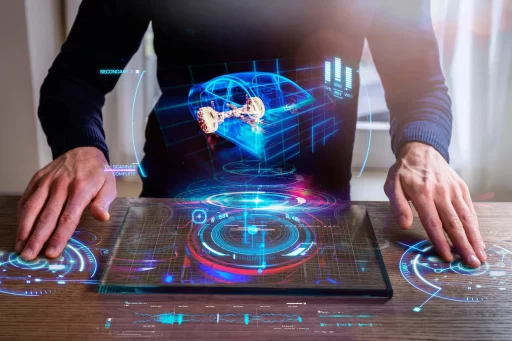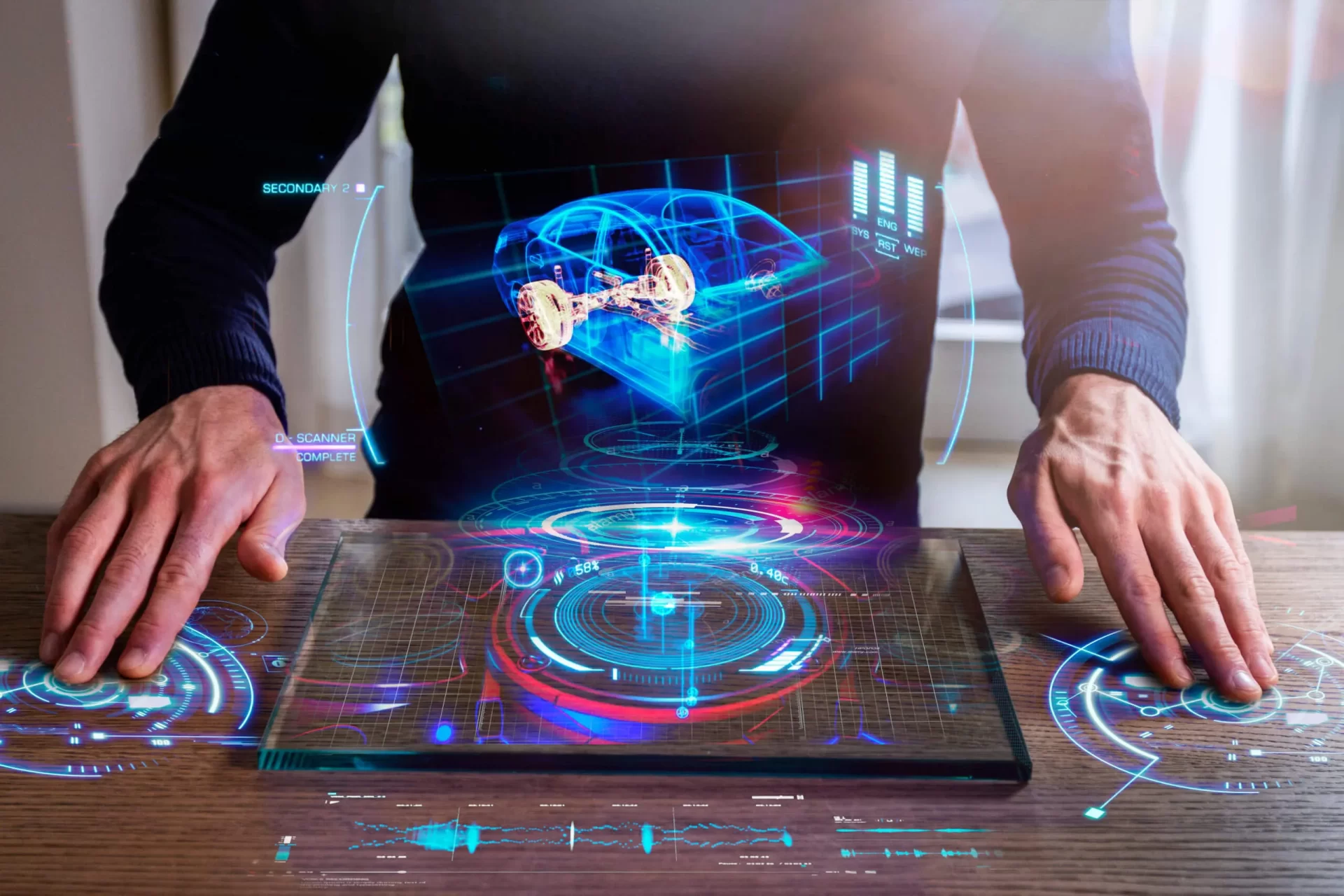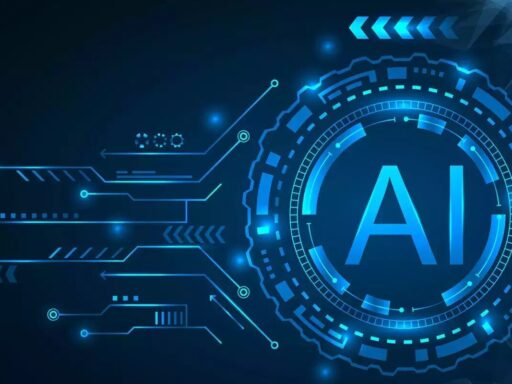Imagine a future in which technology is an active participant in your life rather than only observing it. imagine yourself utilizing Apple’s “Vision Pro”, a technological marvel that represents a revolutionary step forward for spatial computing. We live in the digital world, engage with it, and shape it rather than just watching it.
The evolutionary journey of spatial computing
Though the term “spatial computing” may seem new, its origins can be found in the groundbreaking virtual interaction systems of the 1960s and 1970s, when innovators brought us amazing innovations like the Sensorama and the Philco Headsight. The development of Virtual Reality (VR), Augmented Reality (AR), and Extended Reality (XR) was made possible by these visionaries.
Time travel to the 1980s and 90s, when Virtuality gaming consoles like the Nintendo Virtual Boy brought in a new era of immersive 3D technology. All of a sudden, the appeal of interacting with virtual settings emerged.
As the 2000s got underway, there was a quick advancement and widespread use of VR, AR, and sensor technology. With products like Google Glass, HoloLens, and the Oculus Rift, tech giants like Microsoft, Google, and Oculus brought these technologies closer to the general public.
Spatial Computing
The MR and AR headsets have been released by many headset manufacturers today, their primary purpose is to create an extended experience. With the release of the Apple Vision Pro in June 2023, Apple set off on what will turn out to be a very intriguing voyage. Apple did not, however, call their new offering a mixed reality gadget. It’s referred to as a spatial computer. Following then, a lot of observers conjectured that Apple took this action because the gadget is a stand-alone computer system and basically marks the launch of a new product line.
A new era in UX
For us as designers, spatial computing opens up a whole new universe, pushing us out of static screen design and take on the thrilling challenge of creating software that works in dynamic, three-dimensional surroundings.
Get ready to rethink everything, from combining AI and machine learning to transforming gesture recognition and collision detection. Prepare yourself to learn new languages and frameworks designed specifically for developing in 3D, AR, VR, and XR. With the myriad of external elements influencing functionality, even user testing will require new techniques. The road ahead might need the software development process to be completely reimagined.
Unleashing the potential of spatial computing
Our personal and professional lives are about to be completely transformed by spatial computing, which will make technological interactions more natural and engaging than ever. Here’s a look at what this revolutionary technology could bring about in the future:
Home management: Easily combining the digital and physical worlds by using simple gestures to operate our smart home appliances or by receiving visual job reminders.
Education and learning: Education is brought to life like never before through immersive experiences like watching historical events unfold in AR or discovering the wonders of the solar system in VR.
Shopping: enjoying customized and interactive shopping, virtually trying on clothing with a virtual avatar, or imagining how furniture might go into the decor of our house.
Entertainment: Indulge in virtual gaming and entertainment experiences where our living space becomes a part of the virtual game or movie theater, obfuscating the distinction between reality and imagination.
Productivity tools: Virtual monitors and virtual assistants, utilizing our preferred tools with gesture-based interaction, will help us navigate our daily tasks and increase our productivity to previously unheard-of levels.
Embrace the exhilarating era of spatial computing
We are making better the lives of other’s as well as the futuristic feathers we’ll use to improve our own. Imagine if we are about to enter a new era in which reality will be redefined. So buckle up and get ready for this mind blowing ride; the future of spatial computing appears to be nothing short of amazing!







